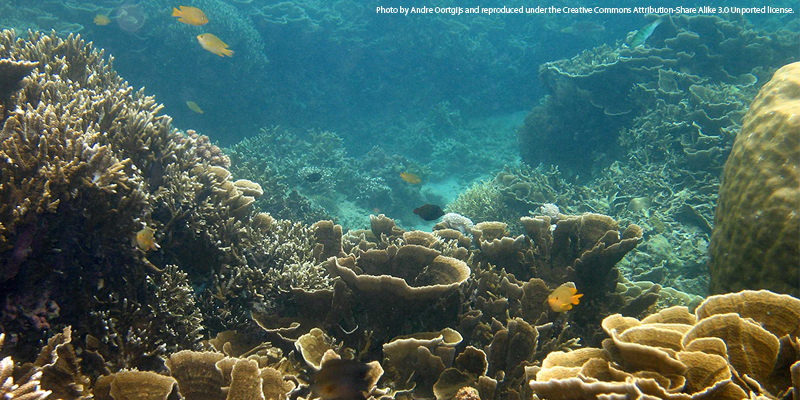On 16 August 1981, the Meteosat-2 geostationary weather satellite began operationally to supply data relevant for climate monitoring. The imager on Meteosat-2 and subsequent satellites in the series has now provided 30 years of data.
âThis is one of the longest time series of climate relevant data collected by satellite in the world,â said Jörg Schulz, Climate Product Expert in EUMETSATâs Meteorological Operations Division. Furthermore, Meteosat is the only European satellite system which can provide such a length of records.The data collected by the first generation Meteosat Visible and Infrared Imagerâs (MVIRIâs) three channels â visible, infrared and water vapour â are also provided by Meteosat Second Generation (MSG), whose 12-channel Spinning Enhanced Visible and Infrared Imager (SEVERI) includes similar channels to those used by MVIRI, providing continuity in climate data over three decades. The Flexible Combined Imager (FCI) on Meteosat Third Generation (MTG) will also include similar channels, meaning that all three generations will have provided over 60 years of climate data.Real benefitsThe long series of Meteosat observations has already provided benefits to users, helping protect lives and property around the world. The observations were successfully used for the monitoring and analysis of precipitation and vegetation changes during the severe drought in the Sahel area of Africa in the 1980s. MSG satellite observations just became available when Europe suffered one of the worst heat waves ever in 2003. The data were used to estimate surface temperatures and also to monitor the occurrence of fires.The Word Meteorological Organization (WMO) has defined climate normals that are averages over 30 years of data. Deviations from such a normal are used to describe if seasons showed any unusual behaviour such as being too warm or cold. With 30 years of Meteosat data, climatologists can start to construct climate normals from satellite data only.Decades of continuityâThree decades is just enough to start looking at decadal variations,â Schulz explained, adding, however, that âthere is no guarantee of detecting climate trends.â EUMETSAT carefully analyses, reprocesses and validates the satellite data, which are then used by National Meteorological Services, the European Centre for Medium-Range Weather Forecasts (ECMWF) and research institutions for several climate applications. The longer Meteosat is in orbit, the better their analysis of the climate system will be.US Geostationary Operational Environmental Satellite (GOES) and polar-orbiting satellites with the Advanced Very High Resolution Radiometer (AVHRR), (Advanced) TIROS Operational Vertical Sounder ((A)TOVS) and the Solar Backscatter UltraViolet (SBUV) instruments have also provided climate data since the late 1970s. The analysis of these long series of satellite data is a challenge for all satellite operators because of instrument changes and failures, as well as changing calibration algorithms and sampling strategies, and the data are not per se consistent over the three decades. However, the gain in scientific understanding of the Earthâs climate system is worth the investment into a reanalysis of the satellite data, according to Schulz.Pictured above: Meteosat RGB composite image from 11:00 on 16/08/2011.
For more information visit:
Subscribe to our newsletter
Stay updated on the latest technology, innovation product arrivals and exciting offers to your inbox.
Newsletter

